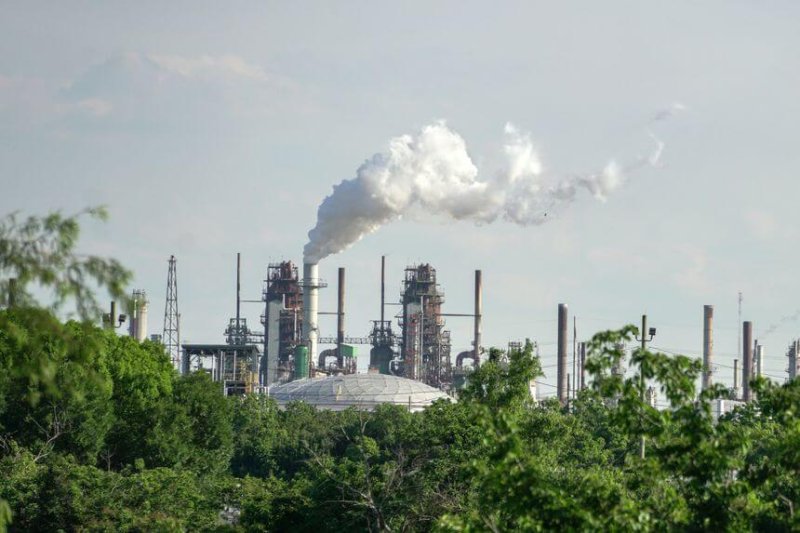Over 120 countries — from highly industrialized nations like Canada, Germany, and the UK to developing economies such as Myanmar, Sudan, and Tuvalu — have set their sights on reducing greenhouse gas (GHG) emissions to less than the amount that can be captured, either naturally or through new technologies.
…
Much of the focus on meeting this target has been on making the biggest emitting sector, energy, less carbon-intensive. But with a recent global analysis finding that agrifood systems account for a third of global emissions, any climate action plan that does not include dramatic changes to the way the world produces and consumes food is bound to fail.
The good news is that solutions to cut food-related emissions already exist, from soil-friendly farming methods to low-methane alternative proteins and supply chains powered by renewables.
The bad news is that achieving this will require transformation at multiple levels and across many sectors, including a rethink around the vast amount of public money given to the agricultural sector every year – more than $600 billion globally, according to the UK’s Overseas Development Institute.
It will be an uphill battle, but not impossible, experts tell AFN.































